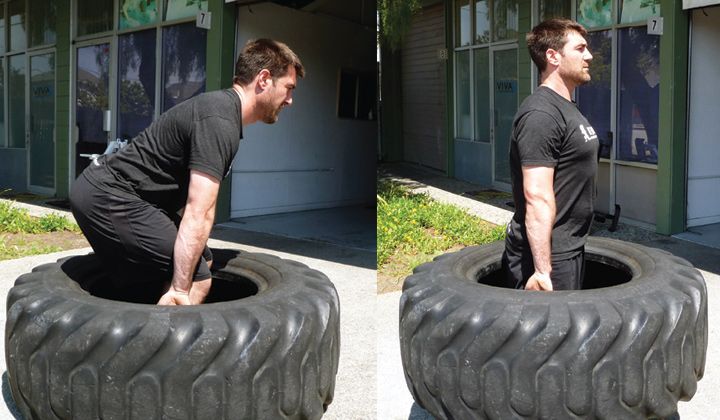One of the most asked questions at Les Schwab is about the price of new tires. People want to know what a set of four tires will cost them. The price of a new set of tires depends on the type of vehicle you drive, how much comfort you want, ride quality, noise level, tread durability, and traction features, which can include seasonal tires and tires for specific terrain. Here’s how to understand the cost of your next set of new tires and why the Les Schwab Best Tire Value Promise saves you money with free peace of mind tire protection and a warranty that won’t cost you extra.
Price is a big factor for any purchase. While some online retailers might have the tires you want at a price you like, you run the risk of getting the wrong type of tires for your vehicle and driving needs. Plus, you'll need to find someone to mount them to your wheels, balance them, install them on your vehicle, and dispose of your old tires.
This takes more of your time and adds to the overall cost of getting new tires. Then there are tire manufacturer warranties or other premium services to consider.
When you purchase passenger or light truck tires at Les Schwab, we mount them for free, rotate those tires for free, re-balance them for free, offer free flat repair and air-pressure checks, as well as give you a free best-in-the-industry warranty that even includes road hazard protection at no extra charge. More on that warranty in a bit.
On new tires, the price can range greatly. Tire size, which is directly tied to the vehicle you drive, affects the price. You’ll typically need a larger tire for a pickup than you would for a car. Tires are also priced based on the amount of rubber used to manufacture them as well as the manufacturing technology and features. For example, an electric vehicle (EV) will require performance tires with a higher speed rating and load capacity, which can cost more than a set of standard all-season tires.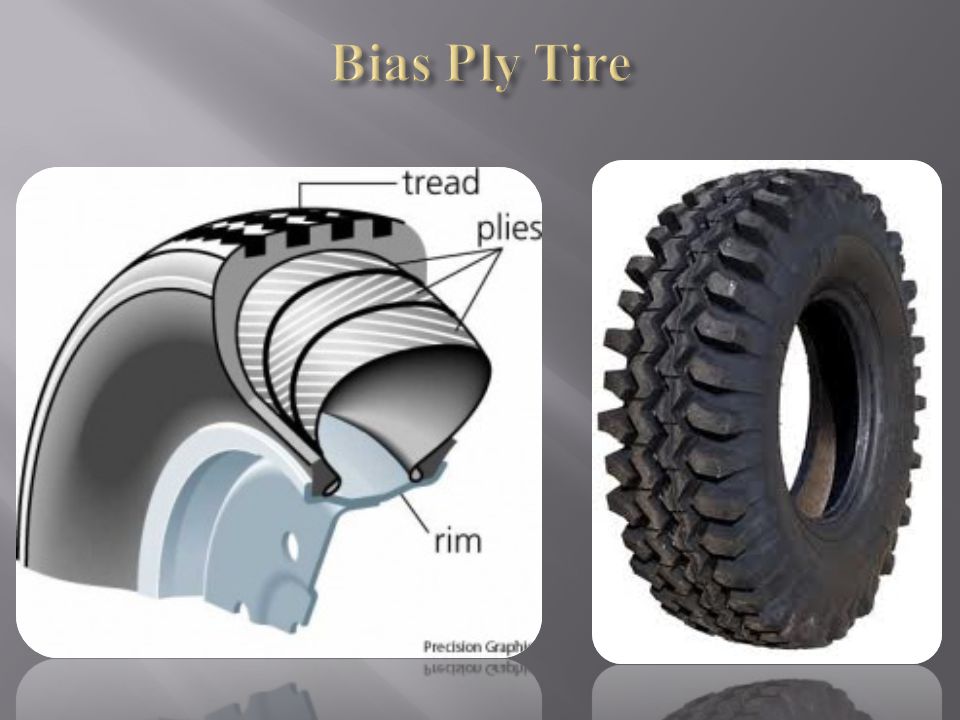
As with any purchase with varying levels of price and performance, there are trade-offs to consider. These can include comfort, control and traction, tire life, durability, fuel economy and the cost of a set of tires. You might even consider replacing just two instead of all four tires to save money. However, doing so can impact vehicle safety, performance, and longevity. See our article on replacing all four tires on an AWD vehicle.
If you’re looking for maximum fuel efficiency, we can help with our article on how to choose car tires.
Looking for snow tires? Depending on what you drive, maneuverability in the snow can add to the price of tires. That’s because today’s snow tires are highly engineered and packed with technological breakthroughs designed to keep you and your family safe on the road, whether that’s bare pavement on a well-maintained interstate or a snow-covered, winding motorway through the mountains.
Check out our guide to buying tires for help pinpointing the type and size of tire you need.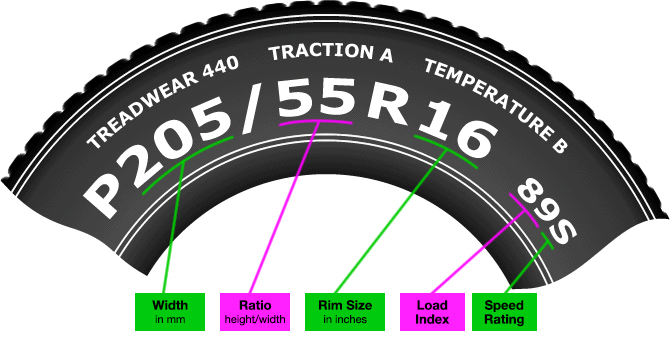 These can include all-season tires, all-weather tires, winter/snow tires, mud terrain, as well as all-terrain tires, performance tires, highway tires, traction tires, and specialty tires.
These can include all-season tires, all-weather tires, winter/snow tires, mud terrain, as well as all-terrain tires, performance tires, highway tires, traction tires, and specialty tires.
Another factor to consider when evaluating the price of a new set of tires is the warranty and other after-purchase services. The tread life on a set of tires can range up to 80,000 miles and beyond. Some places might charge extra for the warranty, but at Les Schwab, that’s part of our Best Tire Value Promise.
Our freebies include a world-class warranty, free lifetime tire and mileage care, and free peace of mind tire protection, including flat repair, rotations, rebalancing, replacement, safety checks, brake inspections, and visual alignment checks at any Les Schwab location. From Colorado and Wyoming to the West Coast, you’re never far from one of our stores – or the road services we deliver. We even offer free tire disposal when you replace your old tires at Les Schwab.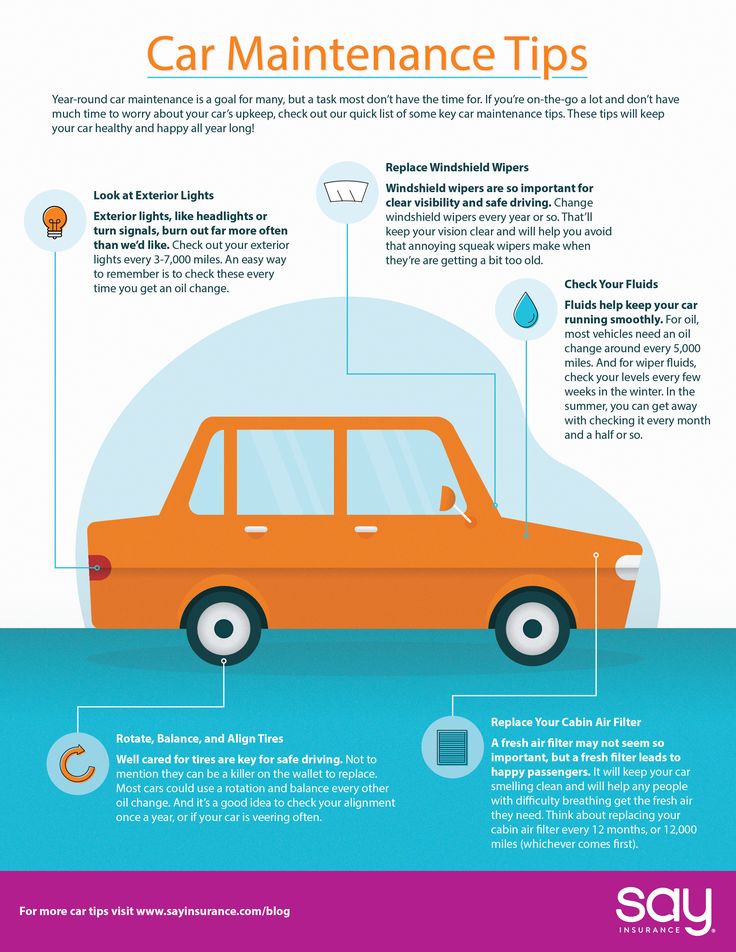
Many of today’s new vehicles come with run-flat tires. Most of the time, these cars don’t have a spare, making run-flat tires the important difference between being stranded on the side of the road or being able to get to a repair shop. However, they can be more expensive than standard tires.
When you’re ready to shop new tires, our pros are here to help. Stop by your local Les Schwab and we’ll take a look at your current tires, make recommendations for your next set, and show you all the options that best fit your driving needs.
Learn More About Tires
We believe everyone should be able to make financial decisions with confidence. And while our site doesn’t feature every company or financial product available on the market, we’re proud that the guidance we offer, the information we provide and the tools we create are objective, independent, straightforward — and free.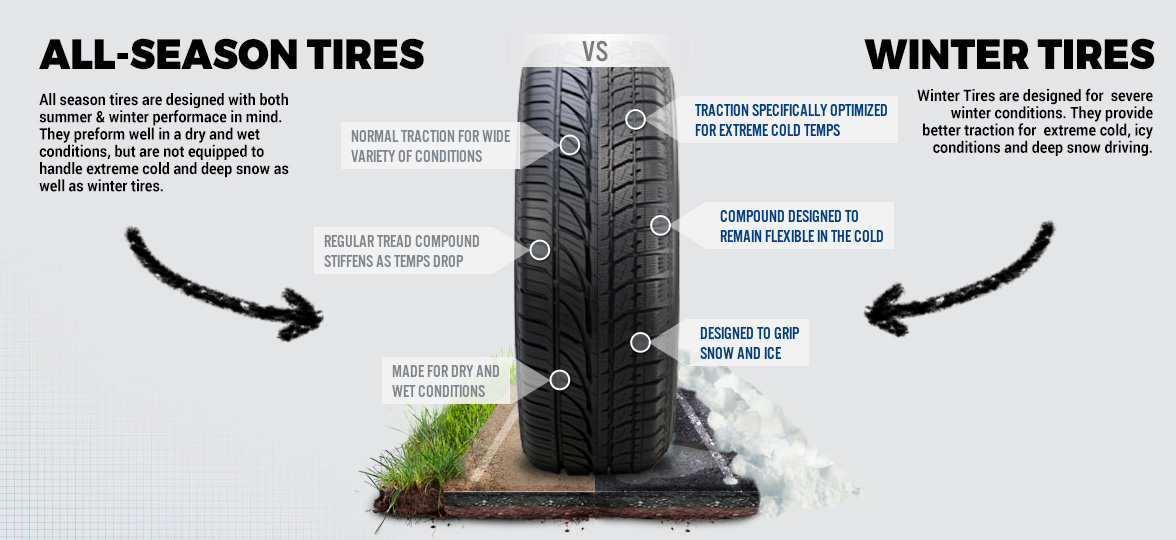
So how do we make money? Our partners compensate us. This may influence which products we review and write about (and where those products appear on the site), but it in no way affects our recommendations or advice, which are grounded in thousands of hours of research. Our partners cannot pay us to guarantee favorable reviews of their products or services. Here is a list of our partners.
You can pay from $50 to over $1,000 for a single new tire, depending on type and quality.
Many or all of the products featured here are from our partners who compensate us. This may influence which products we write about and where and how the product appears on a page. However, this does not influence our evaluations. Our opinions are our own. Here is a list of our partners and here's how we make money.
Tires are a big part of the cost of owning a car, and the range of tire prices doesn’t make it easier to budget for them.
The price of tires depends on several factors, including how they perform in certain weather conditions, how well they handle, and what type of terrain they can manage.
Each type of tire comes with its own price range. And while some tires might induce sticker shock, plenty of affordable options are on the market.
Tires are made of varying compounds and have different treadwear ratings. These ratings tell you how long the tires will likely last. Tires are usually categorized according to the conditions in which they work best. Here are some of the common types of tires, and the factors that may affect their cost.
Weather performance. Tires are categorized as summer, winter or all-season. Summer and winter tires are designed to perform in certain types of weather, and all-season tires find a balance between summer and winter. All-season tires tend to be the cheapest option, and summer tires tend to be the most expensive. Winter tires fall somewhere in the middle.
🤓Nerdy Tip
If you live somewhere that drops below 40 degrees for only a few weeks a year, it’ll be cheaper to buy all-season tires for year-round driving than to go with winter tires that you swap out seasonally.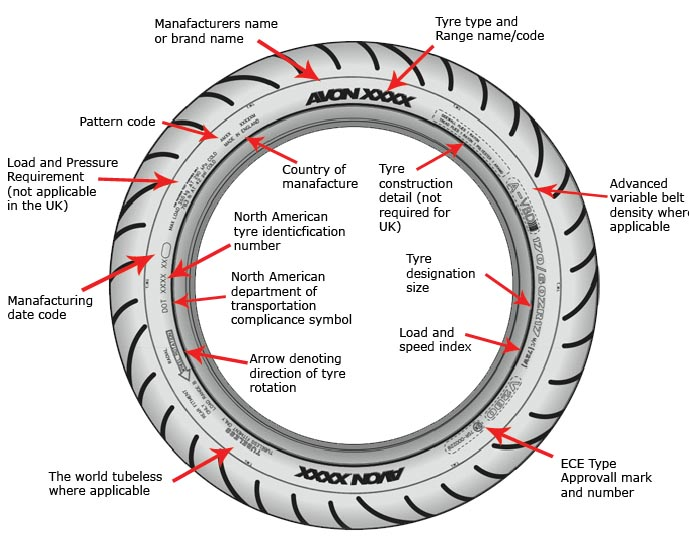
Comfort. Some types of tires, such as touring tires, are designed to give you a smoother ride. Comfort tires may have the same performance potential as other tires — for example, they may have the same wet and dry braking capabilities as all-season tires — but they tend to cost more because they offer a more comfortable ride.
Terrain. All-terrain tires are generally more expensive than standard highway tires because they have tread designed to let you go off-road. While you can get about 40,000 miles out of an all-terrain tire, it’s likely to wear down more quickly and need replacing sooner than a highway tire.
Performance. Designed for sports cars, performance tires let you take corners tightly and stop on a dime. They’ll give you that fast-driving experience, but you’ll pay more for performance tires.
The cost of tires can vary widely by type. Discount Tire, a national tire retailer, breaks down the average cost of tires by type and wheel size.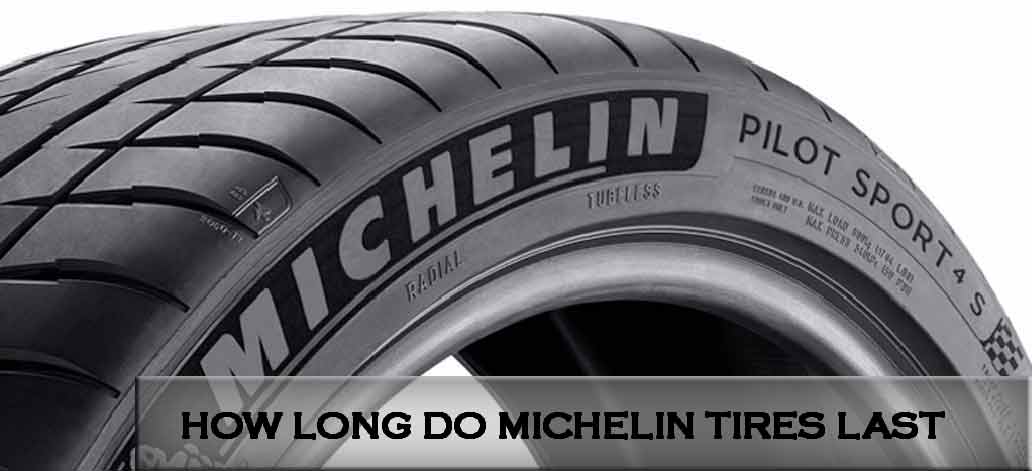 Here is the range of prices and median cost per tire for each wheel size:
Here is the range of prices and median cost per tire for each wheel size:
12-inch to 15-inch wheels. Tires often run $80 to $150, with a median price of $115. These tires are common for compact cars.
16-inch to 20-inch wheels. Tires of this size generally cost $100 to $400, with a median price of $250. These tires are common for SUVs, crossovers, vans and trucks.
18-inch to 26-inch wheels. Tires often cost $140 to $500, with a median price of $320. These tires are common for larger trucks and utility vehicles.
The cheaper the tire within a certain group, the less likely it is to perform as well or last as long. Economical options are available, but research the quality of any tire you’re considering before buying it.
The table below shows the range of prices for different types of tires. These prices are not specific to a certain vehicle or tire size. They were gathered from Discount Tire's online inventory in October 2022.
Type of tire | Low price per tire | High price per tire |
|---|---|---|
All-season | ||
Summer | $1,486. | |
Winter | $1,311. | |
Touring | ||
Terrain | $1,447. | |
Performance | $1,486. |
When having new tires installed, the total average cost for labor is $50 to $300, according to CarRoar.com. The labor cost can vary by vehicle and tire size: The bigger the tires or more complicated the install, the higher the labor charge. For example, many shops charge more to mount low-profile tires.
Having new tires installed includes several steps. Your total labor cost is likely to include the time to perform the labor, mounting and balancing of the new tires, and disposal fees to get rid of your old tires.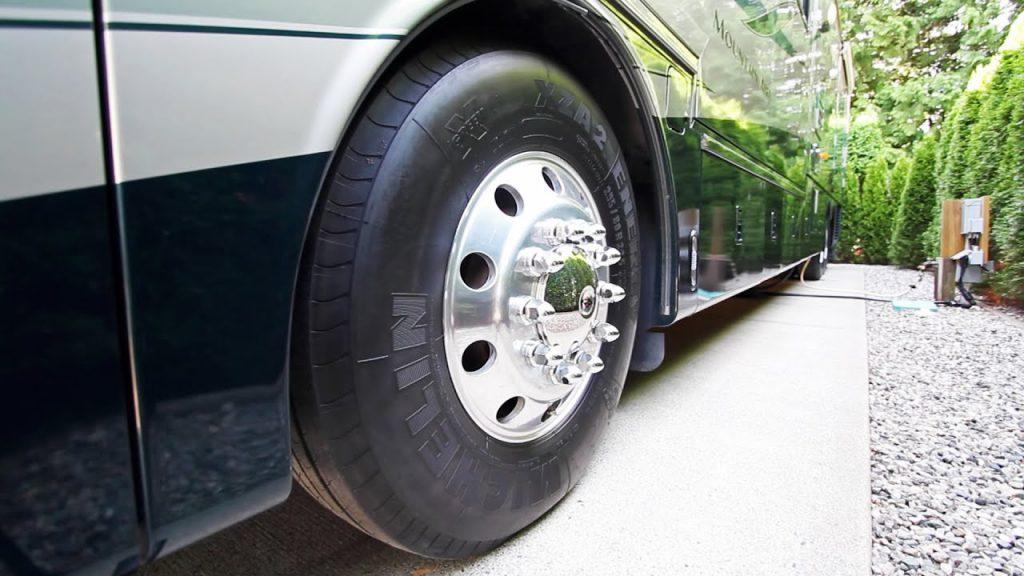
🤓Nerdy Tip
You are likely to get a discount on the labor for having new tires installed if you have the work done at the shop where you purchase the tires.
About the author: Whitney Vandiver is a writer at NerdWallet currently focusing on small business. Read more
On a similar note...
Get more smart money moves – straight to your inbox
Sign up and we’ll send you Nerdy articles about the money topics that matter most to you along with other ways to help you get more from your money.
Buyers often ask us for the following: "How much tire is suitable for driving on our roads?". Today, in the article, we will try to develop in all subtlety those and widely respect on the price, it would be better, just food. In most cases, customers will judge the new type as "normal" or "good", rather than what the buyer wants to feel. Ale, not everything is so simple.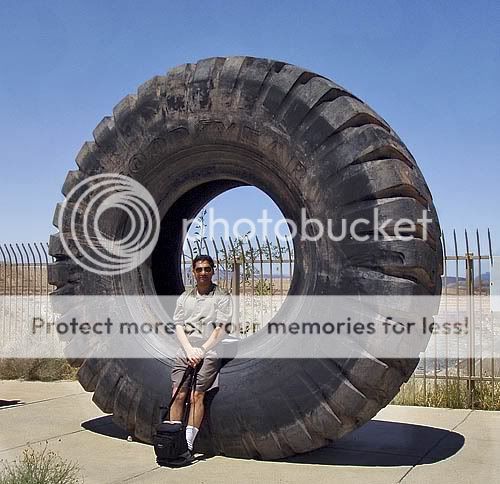 ..
..
For the cob let's take a look at the main reasons for this situation. Roads in the skin region of Ukraine are different, but in general, the new trend is taken everywhere - they stink far from the ideal, for example, European highways. And it is important to call the majority of regional roads such.
Leather jacket I want to save myself some tires, especially Skoda, if I have bought some recently. Let's take a look, there is a mova about some of the most difficult times:
The most wide - tse "bump" (there is a "ghoul", there is a "grizha") and a bіchny porіz.
Bump (gooey, grizha) – cleavage of the flank part of the tire with a nylon carcass opening or without. Rozsharuvannya v_dbuvaєtsya due to overheating of the side part of the tire, due to the high speed of deformation of the tread of the tread under the impact. And how can I get away?
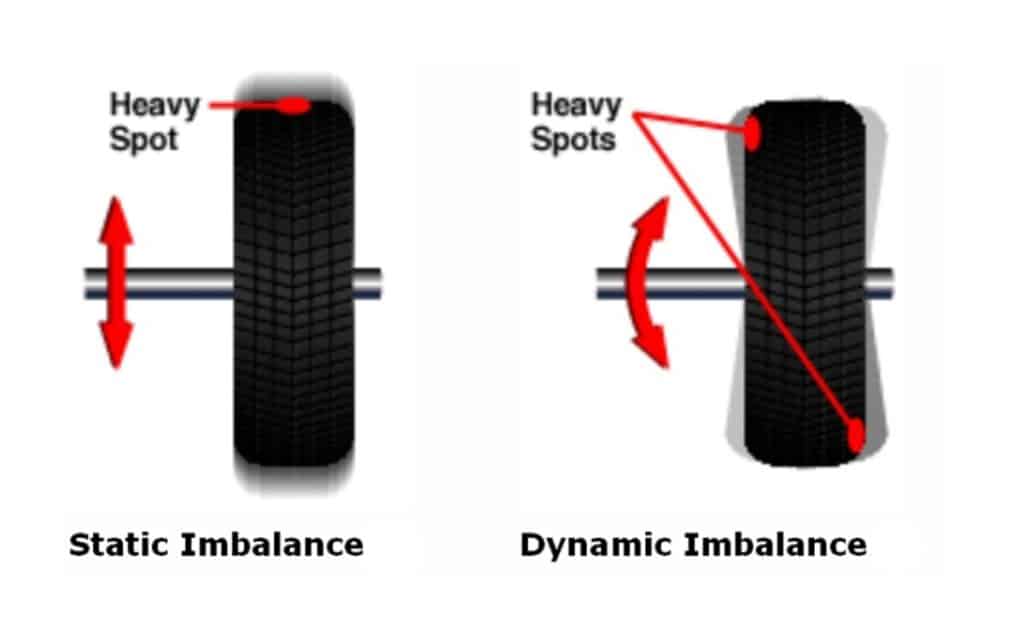 As a rule, the indicated recommended indications are for the dead minds of exploitation and for the maximum occupancy of the car.
As a rule, the indicated recommended indications are for the dead minds of exploitation and for the maximum occupancy of the car. The pressure in the tire changes with the fallowing temperature depending on the weather conditions. As the temperature decreases, the pressure in the tire also changes, the shards increase again in the middle of it, and on the other hand, when the temperature rises. We recommend that you definitely increase the pressure in the tire by 10-20% , so you can increase the "pain threshold". In theory, it reduces the degree of sidewall deformation upon impact. In practice, there is no 100% guarantee, but it also gives you more chances to survive on a lousy road. Paying for the cost of lowering comfort and increasing the wear of the central part of the tread, but in equal parts with a chance to “spend” a tire, this is an important compromise.
It’s a good idea to choose XL tires or eXtra Load, which means increased stability to navantage, kindly respecting it, that it will break the bumps.
Let's get you started - XL doesn't look like cones! This is an indication that it shows that the tire can move the wear index in the same direction as the standard for the designated tire size. Like a butt, tires at a size of 195/65 R15 in a standard viconan can have an index of interest "91", while the expansion of an increase in tension may have an index of interest "95" and it is indicated by tire makers as XL or "extra load" or without marking, which is also acceptable. Also, remember - XL does not lie to us!
And what does it lie to? 195/65 R15 and 205/55 R16. In this case, the first one is considered high-profile, the other low-profile (if not 215/45 R17). With equal minds, the chance of damaging a 195/65 R15 tire is much lower, lower than 205/55 R16 (more than 215/45 R17). When choosing tires, it is necessary to repair, but є і the reverse side of the coin - driving a car on tires with a low profile is more clear. On tires with a high profile, the car is softer in control, less bumps until bumps appear.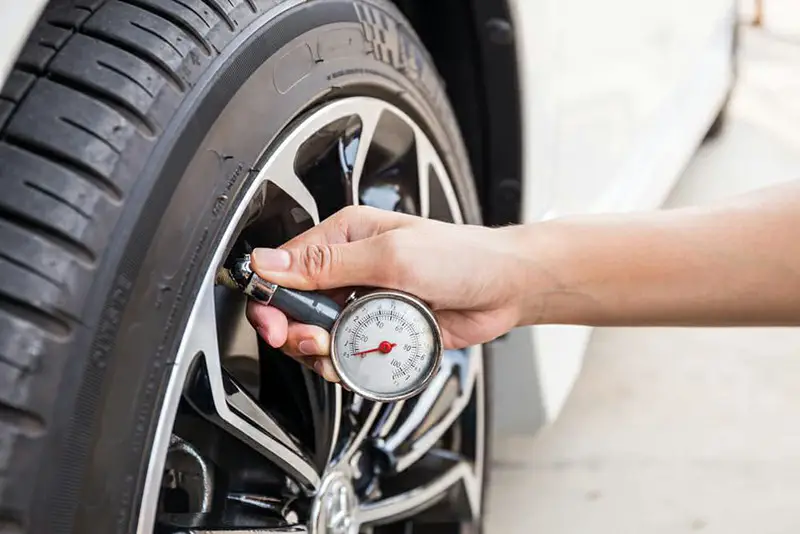 Why so? Well, I know the speed of deformation upon impact: the greater the profile, the more energy is released from the larger area upon impact, and the same reduces the speed of deformation. Picked up - We want to save tires, choose the highest possible profile.
Why so? Well, I know the speed of deformation upon impact: the greater the profile, the more energy is released from the larger area upon impact, and the same reduces the speed of deformation. Picked up - We want to save tires, choose the highest possible profile.
I want a submarous parameter, ale can smilely declare, Chim Zhorsstkish Bokovina Shini, tim more in the nіy shamn -aimn and more self -mum poshkodzhen. But here there are also negative factors - a larger tire and a thicker sidewall negatively signify on comfort and increase the cost of wear. Svіtoví vyrobniki have been working on this problem for a long time and already є to achieve a lot of positive results, as the statements are not only on paper, but they are overturned by the hour.
For example, Michelin, in 2012, released tires Michelin Energy XM2, which may have a soft sidewall and, in line with competitors, a small amount of weight, while high wind resistance is low.
This series has been specially designed for our roads. The pioneers of innovative technologies, vikoristanim in the production of these tires, were reached earlier than nonsense speeches. The threads of the carcass of the tire were reinforced with Kevlar, behind the rahunka of which it was possible to reach a high quality with a small vase. Well, the bag has become: soft, comfortable, light tire, with a decrease in the coefficient of wear and tear (before speech, the most likely to lie down the vitrata paliva) with the help of the tire, the stability of the tire to shkodzhen on impact, as it was overturned by the hour and the sound of the bagat.
Bіchnі porіzi, as a rule, vіdbuvayutsya, if the wheel is dragged into a pit with good edges. Tse mozhe buti fittings or gostrі edges to crushed stone or disk. What is the reason for the pores? Under the hour of deformation upon impact, the huma under the force of the squeeze protrudes beyond the projection of the wheel; How to save yourself? All the same recommendations, scho and in the form of cones. The lesser the deformation of the tire during impact, the lesser the sidewalls will see through the projection of the wheel, which will reduce the chances of running into a crossover.
The lesser the deformation of the tire during impact, the lesser the sidewalls will see through the projection of the wheel, which will reduce the chances of running into a crossover.
As if the poshkodzhennya didn’t get away, they didn’t get very confused, most of them are repairable. At professional tire fitting workshops, such as ours, they will help you. Special reinforcement plastic and the tire can be used again on the spot. Obviously, such a repair is not cheap, but it’s still less expensive, less buying a new wheel.
At the beginning of the article, it is possible to sort out with a run, or skilki "practice" tires.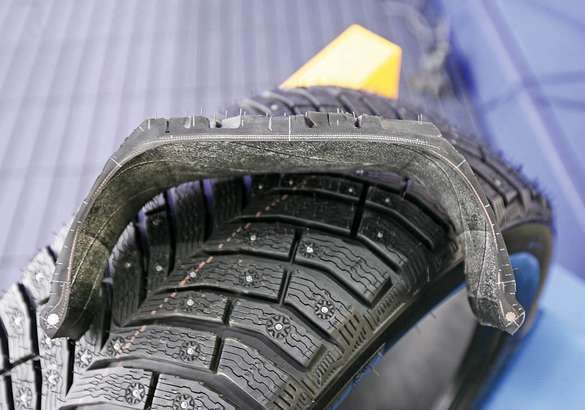 Good luck on the roads!
Good luck on the roads!
Please enable JavaScript in your browser to display pages properly.
8 (800) 707-65-40
Request a call
Remind password
Personal account
New customer
2 + 9 =I hereby confirm that I have read and agree to the terms of the privacy policy and consent to the processing of my personal data. Learn more
Request a call
Leave your phone number and a convenient time to call, and we will call you back
Shopul. Komsomolskoye highway, 3b st. Business, 7st. Vaneeva, 209Aul. Golubeva, 7 st. Karl Marx, 60 vul. Comintern, 39, room 1st. Generala Ivlieva, house 24Aul. Fuchik, 36, Perekhodnikova st., 28/1 st. Dyakonova, 2 r. Gaugelya 2A/2pr. Gagarina, 37b 7 + 4 =
Dyakonova, 2 r. Gaugelya 2A/2pr. Gagarina, 37b 7 + 4 = I hereby confirm that I have read and agree to the terms of the privacy policy and consent to the processing of my personal data. Learn more
In order to provide standardized information on fuel consumption, wet grip and ambient rolling noise, the European Union has decided to introduce a mandatory label for all new tires (European label).
As of November 2012, all new tires sold in the EU must carry the European label sticker. The reason for this is to provide basic information about the tire and help the end user make a decision about choosing a new tire.
What determines the economy of a tire?
In simple terms, fuel efficient tires require less energy to overcome rolling resistance. Tires with low rolling resistance reduce fuel consumption because they require less energy for friction and heating.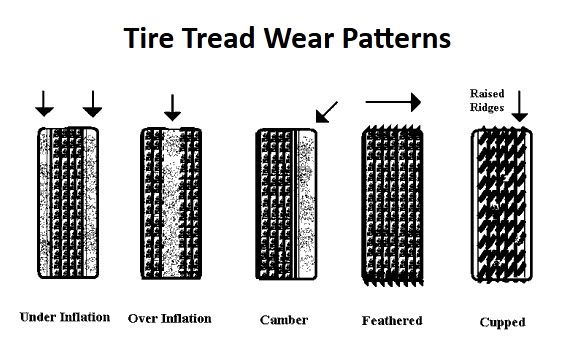 You may be familiar with the term "low rolling resistance", which essentially means the same thing.
You may be familiar with the term "low rolling resistance", which essentially means the same thing.
How is fuel efficiency measured?
Fuel economy ranges from "A" to "G" on the color scale.
A (green) = maximum fuel efficiency
G (red) = minimum fuel efficiency
Rating "D" is not used for passenger cars.
Fuel consumption: The difference between grade "A" and "G" is 0.5 l/100 km, which is 80 liters of fuel per year (based on 15,000 km/year).
What does this rating mean
A difference between an "A" and "G" rating can indicate a difference in fuel consumption of up to 7.5%. In absolute terms, using 'A' rated tires instead of 'G' rated tires will save over 6 liters per 1,000 kilometers.*
With an average fuel price of 1.50 euros per liter, you can save more than 300 euros over the life of your tires*
And don't forget about reducing your environmental impact!
*Assuming an average consumption of 8 liters per 100 km, a fuel price of 1.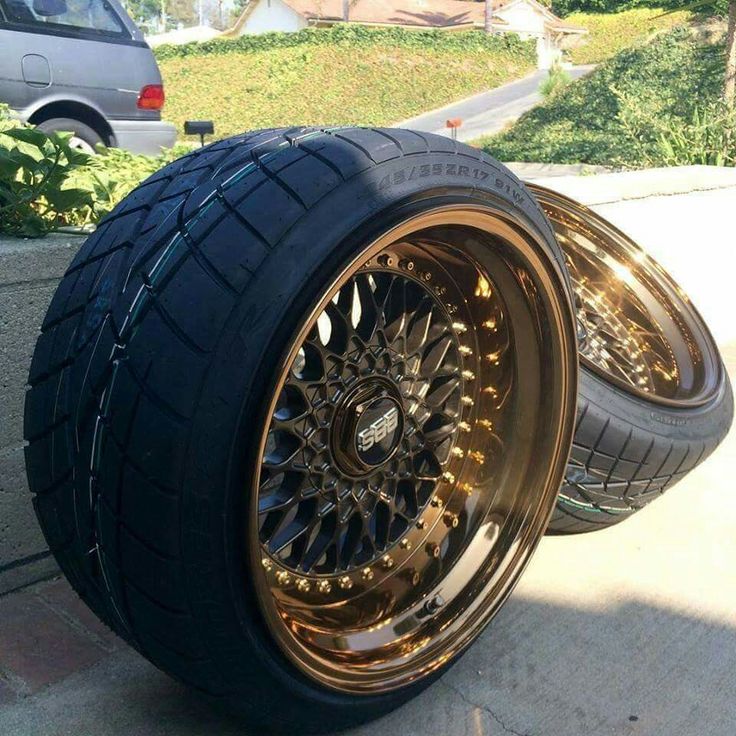 50 euros per liter and an average tire mileage of 35,000 km
50 euros per liter and an average tire mileage of 35,000 km
What else affects fuel economy?
Keep an eye on your tire pressure for maximum fuel economy. Low tire pressure increases rolling resistance and affects wet traction. Vehicle weight and driving style also affect fuel consumption. Energy-efficient driving, also referred to as "eco-driving", can significantly reduce fuel consumption.
*Assuming an average consumption of 8 liters per 100 km, a fuel price of 1.50 euros per liter and an average tire mileage of 35,000 km
The values shown here are for illustrative purposes only. Values for different tire sizes may vary.
Marking:
A- maximum fuel economy (Ratio of rolling resistance (RR), en kg/t RR ≤ 6.5)
Fuel efficiency is the first criterion that can be seen on a tire label. About 20% of a car's fuel consumption depends on the tire. The higher the rolling resistance of a tire, the higher the vehicle's fuel consumption.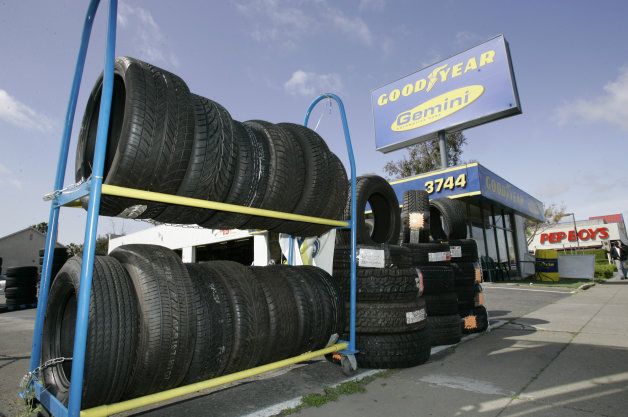 The label indicates the tire's rolling resistance class and ranges from A to G.
The label indicates the tire's rolling resistance class and ranges from A to G.
B - Very good fuel efficiency (Rolling resistance coefficient (RR), enkg/t6.6 ≤ RR ≤ 7.7)
Fuel efficiency is the first criterion that can be seen on a tire label. About 20% of a car's fuel consumption depends on the tire. The higher the rolling resistance of a tire, the higher the vehicle's fuel consumption. The label indicates the tire's rolling resistance class and ranges from A to G.
C- high fuel efficiency (rolling resistance coefficient (RR), enkg/t7.8 ≤ RR ≤ 9)
Fuel efficiency is the first criterion that can be seen on a tire label. About 20% of a car's fuel consumption depends on the tire. The higher the rolling resistance of a tire, the higher the vehicle's fuel consumption. The label indicates the tire's rolling resistance class and ranges from A to G.
D- average fuel efficiency (Ratio of rolling resistance (RR), enkg/tNot used)
Fuel efficiency is the first criterion that can be seen on a tire label. About 20% of a car's fuel consumption depends on the tire. The higher the rolling resistance of a tire, the higher the vehicle's fuel consumption. The label indicates the tire's rolling resistance class and ranges from A to G.
About 20% of a car's fuel consumption depends on the tire. The higher the rolling resistance of a tire, the higher the vehicle's fuel consumption. The label indicates the tire's rolling resistance class and ranges from A to G.
E- below-average fuel economy (Rolling resistance coefficient (RR), enkg/t9.1 ≤ RR ≤ 10.5)
Fuel efficiency is the first criterion that can be seen on a tire label. About 20% of a car's fuel consumption depends on the tire. The higher the rolling resistance of a tire, the higher the vehicle's fuel consumption. The label indicates the tire's rolling resistance class and ranges from A to G.
F- low fuel economy (Rolling resistance coefficient (RR), enkg/t10.6 ≤ RR ≤ 12)
Fuel efficiency is the first criterion that can be seen on a tire label. About 20% of a car's fuel consumption depends on the tire. The higher the rolling resistance of a tire, the higher the vehicle's fuel consumption. The label indicates the tire's rolling resistance class and ranges from A to G.
The label indicates the tire's rolling resistance class and ranges from A to G.
G- minimum fuel efficiency (Rolling resistance coefficient (RR), enkg/tRR ≥ 12.1)
Fuel efficiency is the first criterion that can be seen on a tire label. About 20% of a car's fuel consumption depends on the tire. The higher the rolling resistance of a tire, the higher the vehicle's fuel consumption. The label indicates the tire's rolling resistance class and ranges from A to G.
Find out more about the EU tire label
Wet grip is an important factor when choosing new tires. Wet grip is an important factor when choosing new tires.
What is wet grip?
Wet grip is the ability of a tire to maintain contact with a wet surface. The EU classification addresses only one aspect of wet grip – the tire's wet braking performance.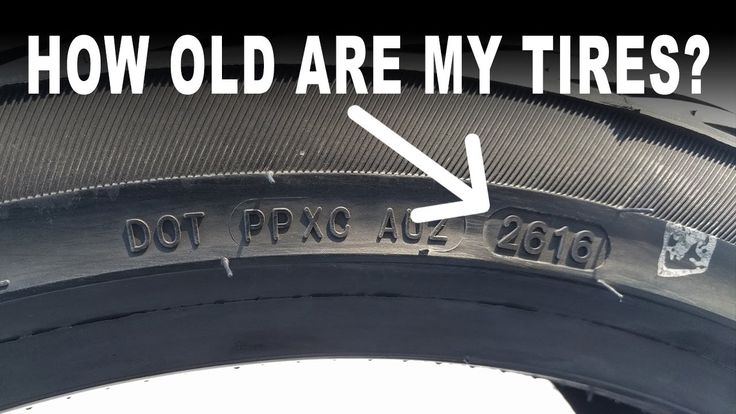
How is wet grip measured?
Wet grip classified from "A" to "F":
A = maximum level
F = minimum level
For passenger cars, the indices "D" and "G" are not used.
Braking: The difference between a tire rated A and G is 18 meters, which is a distance of 4 cars.
What does this rating mean
In emergency situations, reducing the stopping distance by a few meters can be decisive. The braking distance of a passenger car on which tires with the index A are installed, during sudden braking from a speed of 80 km / h, will be 18 meters shorter ==> than when using tires with the index "F". *
Note: Always keep the recommended stopping distance while driving.
*When measured according to the method specified in EU regulation 1222/2009. The braking distance depends on road conditions and other factors.
The values shown here are for illustrative purposes only.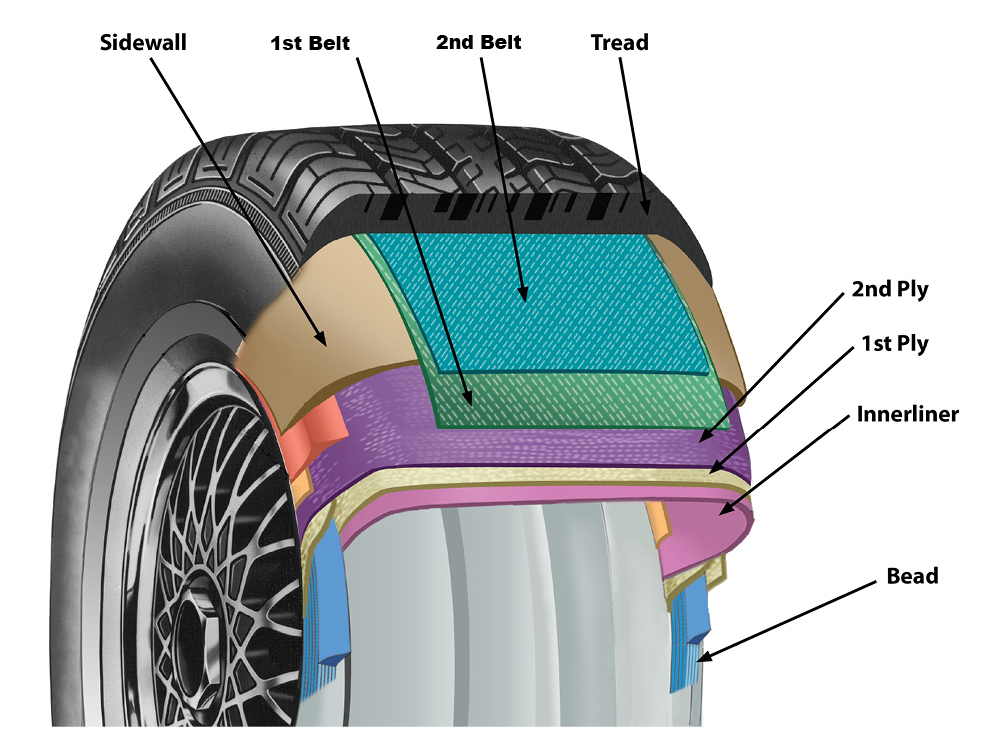 Values for different tire sizes may vary.
Values for different tire sizes may vary.
Items:
A- Maximum wet grip (Grip coefficient (where G is the comparison index) 1.55 ≤ G)
The criterion characterizes the length of the braking distance on a wet surface. Tires are rated A to F. For example, the difference in stopping distance between a tire rated A and a tire rated F is 18 meters, assuming the vehicle is traveling at 80 km/h.
B - very high wet grip (Grip coefficient (where G is the comparison index) 1.40 ≤ G ≤ 1.54)
The criterion characterizes the length of the braking distance on a wet surface. Tires are rated A to F. For example, the difference in stopping distance between a tire rated A and a tire rated F is 18 meters, assuming the vehicle is traveling at 80 km/h.
C- high wet grip (Grip coefficient (where G is the comparison index) 1.25 ≤ G ≤ 1.39)
The criterion characterizes the length of the braking distance on a wet surface.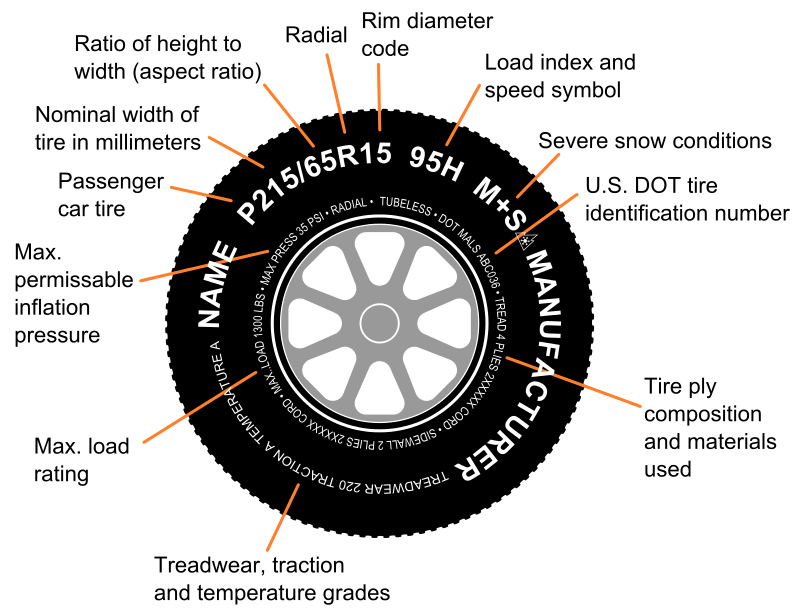 Tires are rated A to F. For example, the difference in stopping distance between a tire rated A and a tire rated F is 18 meters, assuming the vehicle is traveling at 80 km/h.
Tires are rated A to F. For example, the difference in stopping distance between a tire rated A and a tire rated F is 18 meters, assuming the vehicle is traveling at 80 km/h.
D- average wet grip (Grip coefficient (where G is a comparison index) Not used)
The criterion characterizes the length of the braking distance on a wet surface. Tires are rated A to F. For example, the difference in stopping distance between a tire rated A and a tire rated F is 18 meters, assuming the vehicle is traveling at 80 km/h.
E- below-average wet grip (Grip coefficient (where G is the comparison index) 1.10 ≤ G ≤ 1.24)
The criterion characterizes the length of the braking distance on a wet surface. Tires are rated A to F. For example, the difference in stopping distance between a tire rated A and a tire rated F is 18 meters, assuming the vehicle is traveling at 80 km/h.
F- low grip on wet surfaces (Grip coefficient (where G is the comparison index) G ≤ 1. 09)
09)
The criterion characterizes the length of the braking distance on a wet surface. Tires are rated A to F. For example, the difference in stopping distance between a tire rated A and a tire rated F is 18 meters, assuming the vehicle is traveling at 80 km/h.
G- minimum wet grip (Grip coefficient (where G is a comparison index) Not used)
The criterion characterizes the length of the braking distance on a wet surface. Tires are rated A to F. For example, the difference in stopping distance between a tire rated A and a tire rated F is 18 meters, assuming the vehicle is traveling at 80 km/h.
More about the EU tire label
A significant part of the noise generated by a vehicle when driving is due to tires. Quiet tires help reduce your vehicle's environmental impact.
What is covered by the EU tire noise classification
The EU classification measures the level of outside noise generated by tires in decibels.